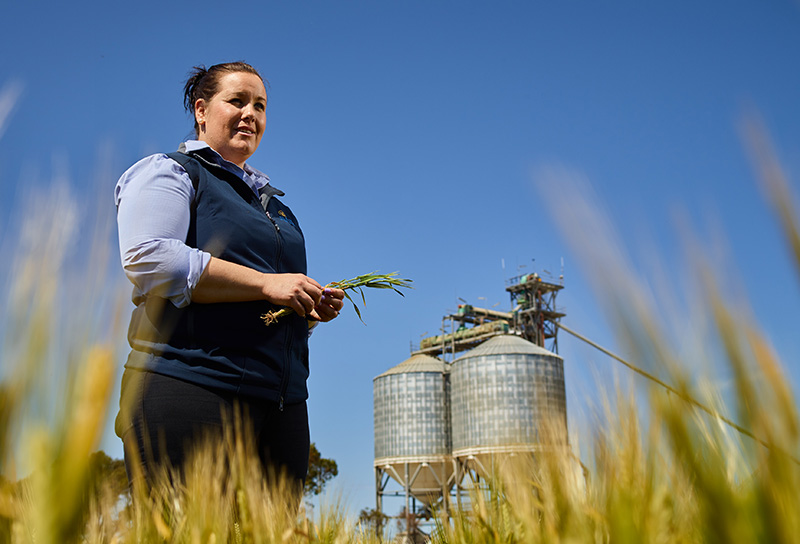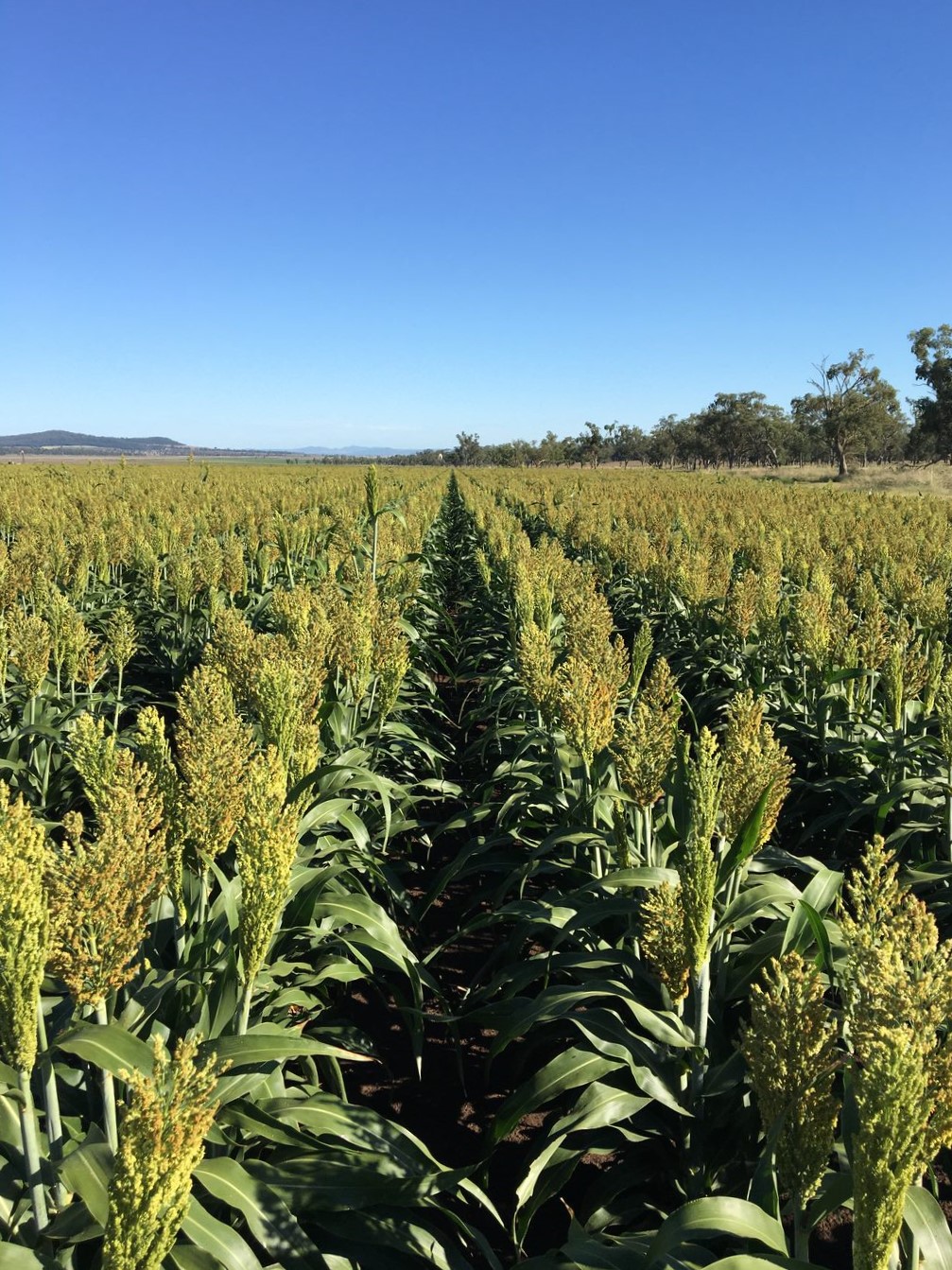A return to pricing fundamentals
By James Massina
Overseas markets have been erratic over the past couple of weeks, to say the least. With most markets predominantly being driven by China recently, with their New Year holiday taking place, US futures have turned to fundamentals for price action. Reports of drier weather through parts of the US provided a bid taking the Chicago May contract to a high which was then swiftly offset by lower than expected export sales. The corn and soybean export sales numbers also came in below expectations however the numbers were still well above what is needed to reach the USDA’s SnD number.
From a local perspective, it feels as though delivered markets for both wheat and barley are setting up for some weakness as a number of ports through New South Wales and Victoria are beginning to struggle under the weight of grain coming at them. Add to this, many growers through these same regions have grain they want to move in the very near term, and bids are feeling a little weak. It’s a unique dynamic in many instances where there is grain in storage that was only meant to be short term, the risk of mice in some parts, sellers looking at execution programs potentially overlapping with sowing, ports blocking out and road freight capacity super tight.
Whilst wheat and barley markets have generally been trending sideways over the last couple of weeks, the canola market on the east coast is proving a lot more interesting. After a strong rally in flat price post-harvest, basis has come under enormous pressure recently as overseas markets continue to rally on insatiable demand from China whilst locally, bids have been weakening as demand is hard to find. The vast majority of the canola was sold by the end of January but those still holding stocks are likely lamenting a lost opportunity. New crop canola interest is starting to gain momentum as track values hover around $600/mt.
As is often the case, the sorghum market seems to defy logic. With production numbers ranging anywhere from 1Mmt to 1.8Mmt, an export number just as wide and a grower engaging largely only when the header is in the paddock, its somewhat understandable that sorghum is trading a premium to wheat onto the Downs.
The next few months are certainly going to be very interesting both from an old crop perspective as well as new crop. There is a huge amount of grain that needs to be sold and moved ahead of the northern hemisphere harvest which is already proving to be a difficult task. And with soil moisture through a large part of the cropping belt as good or better than it has been at this time of year since 2011, confidence will be high for new crop plantings giving holders of old crop the impetus to more actively engage in the market. The most recent outlook from the BOM is pointing towards a wetter than average March and April which should further bolster planting intentions for the 21/22 season.
Aussie dollar thaws while US/Russia freezes

There are fears of a winterkill across the US plains where large quantities of wheat may have been affected; this will get a lot of attention now and in the coming months.
Read MoreWA impresses and East Coast exports

Last week we saw the Grains Industry of Western Australia (GIWA) release their 2020 final crop production estimates which across all zones and commodities was pegged at 16.63 million metric tonnes. The result was considered exceptional given the state received well below average rainfall for the growing season.
Read MoreWA Market Wrap - January

Certainly an interesting start to the new year from a grain marketing perspective with some big swings on CBOT wheat futures pushing past 670 US cents per bushel, barley tenders awarded and canola prices riding a roller coaster for the month.
Read MoreLocal partnership lights up a community

A partnership between Cargill and local farmers is providing much needed funding for local facilities and charities.
Read MoreSA Market Wrap - January

With harvest now over, and as people have had a bit of time to let the dust settle, the attention has moved to marketing unsold grain and getting ready for season 2021/22.
Read MoreOut with the old, ahead of the new

The new year has brought with it a renewed sense of engagement from growers looking to step up the movement of the significant stocks still held in on-farm storages.
Read More